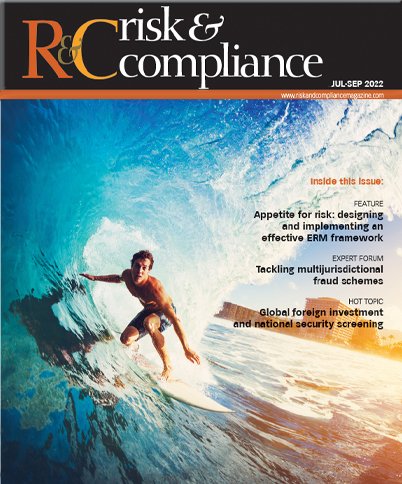DAO – A BLOCKCHAIN GOVERNANCE NIGHTMARE IN THE MAKING
There are two things you need to know about decentralised autonomous organisations (DAOs). First, their impact is huge. Although in their infancy, by the end of 2021, DAO treasuries listed on the DeepDAO exchange were already worth $16bn, with 1.6 million participants. Second, their operation is a governance nightmare in the making.
In April 2022, the ‘Beanstalk’ DAO was raided of reserves valued at more than $180m after an attacker used borrowed money to gain enough voting rights to transfer the money away. Describing itself as a ‘decentralised credit-based stablecoin protocol’, Beanstalk provides a cryptocurrency called ‘beans’, intended to retain a stable value of $1 a coin. It effectively operates as a bank that allows savers to make deposits.
Others were encouraged to deposit cryptocurrencies, such as ether, into a ‘silo’ to build up the stablecoin’s reserves, in exchange for voting rights over the operation of the organisation. One such vote resulted in Beanstalk’s entire silo of around $182m at market rates, being transferred out of the organisation. The unidentified attacker then borrowed $80m in cryptocurrency and deposited it in the project’s silo, gaining enough voting rights to be able to pass any proposal instantly.
With this power, they then voted to transfer the contents of the treasury to themselves and returned the voting rights, withdrew the money and repaid the loan. All of this was reported to have happened in seconds.
The origin of DAOs
Recent technological advances, embodied by blockchain, big data and artificial intelligence, have all had a significant impact on production and distribution channels, shaping the configuration of organisations and contributing to a drastic reduction in workforce numbers.

